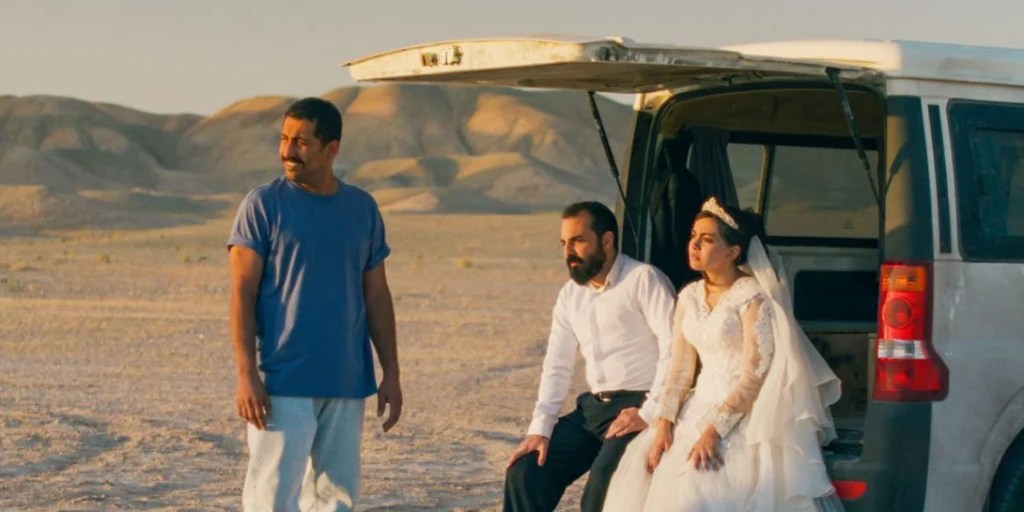“It Was Just An Accident”


The latest from Iranian director and noted dissident Jafar Panahi is something more contrived and ambitious than his normal quietly observant style — de facto cinéma vérité in its oblique shining of the light on the oppressive nature of Iran’s theocracy. Take “Offside” (2006), “This is Not a Film” (2011) — made while under house arrest when Panahi was banned from making films — or his masterwork, “The Circle” (2000), with its zinger of a reveal that women in what seems to be a social setting are in fact in jail for the equivalent of jaywalking or speeding.
In his first film since being released from prison in 2023, Panahi engages a stage-like convention akin to something Martin McDonagh (“In Bruges,” “The Banshees of Inisherin”) might cook up, set in our world but with the players seemingly acting in their own absurdist universe. An auto mechanic, Vahid (Vahid Mobasseri), recognizes Eghbal (Ebrahim Azizi), whom he believes tortured him while in prison. Vahid employs the flat of a shovel during a traffic confrontation in the middle of a busy street to render Eghbal pliable and whisk him into his windowless van. The big tell is that the victimizer had a prosthetic leg, as does Eghbal. But Vahid was blindfolded and only know his assailant from the feel and hollowness of the leg. To ensure he has the right man, Vahid enlists the aid of others tortured by “Peg Leg” — all, likewise blindfolded. It’s an existential jurisprudence conundrum as the victims ride around in Vahid’s van bursting into bouts of rage and uncertainty as they debate what to do with their alleged former torturer, bound and gagged and locked in a tool chest in the back of the van.
The film won the Palme d’Or at Cannes last year, and it will make many best-of lists (as it should) but it is atypical Panahi, rich in production values and gingerly plotted, something that Panahi’s other films — seeking to skirt government censorship — avoided in their raw, natural, unflinching lens.
Continue reading




 The restored lighting at the Christian Science Reading Room on Church Street in Cambridge’s Harvard Square.
The restored lighting at the Christian Science Reading Room on Church Street in Cambridge’s Harvard Square.


